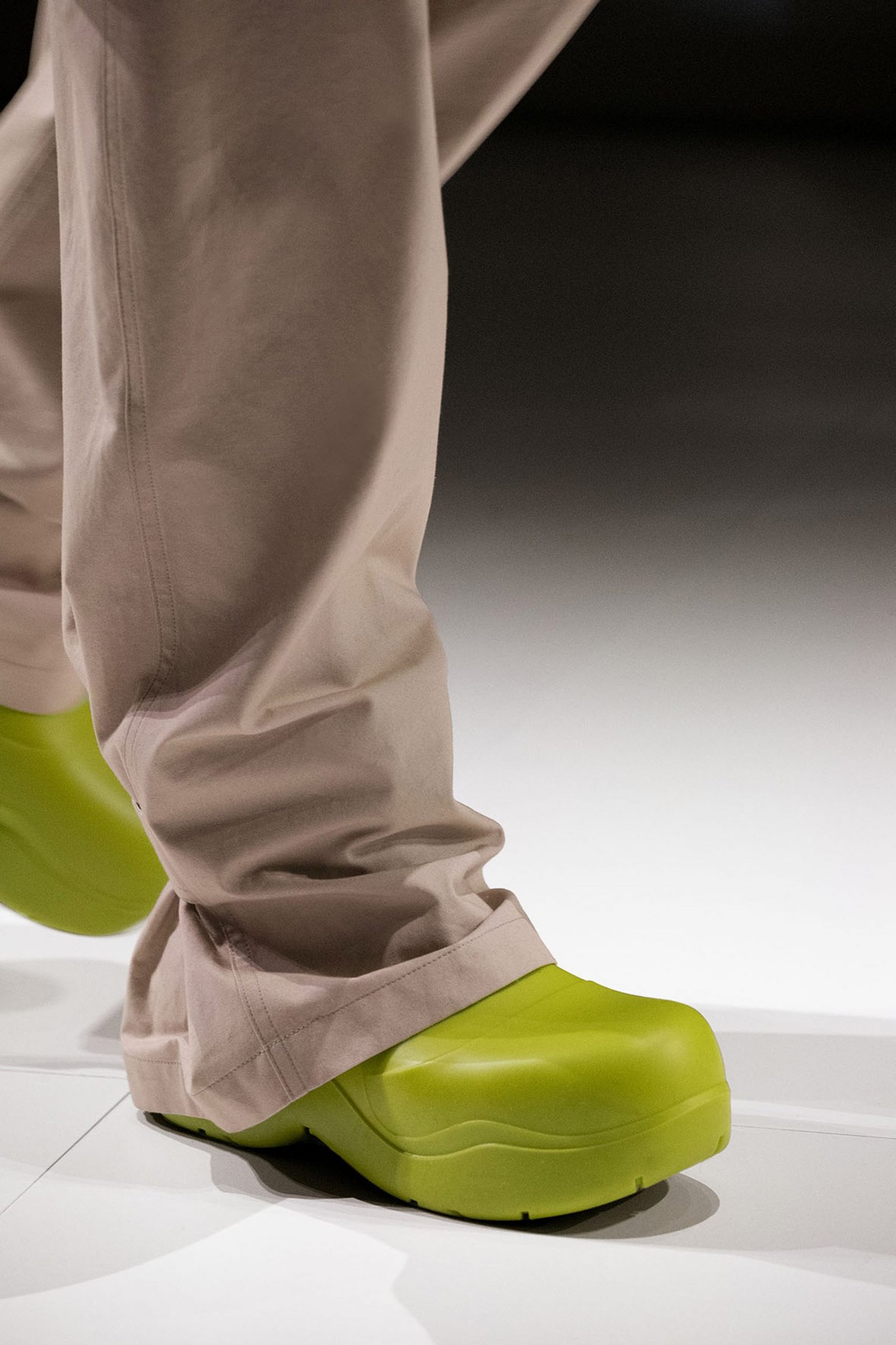This Content Is Only For Subscribers
In a world where sustainability is no longer a trend but an expectation, the emergence of biodegradable boots has sparked curiosity — and controversy — among outdoor enthusiasts. At first glance, the concept feels revolutionary: a hiking boot that breaks down after its useful life, leaving no trace on the environment it was designed to explore.
But as the outdoor community has quickly learned, innovation often invites scrutiny.

What Makes a Boot Biodegradable?
Biodegradable boots are typically made from natural materials — think cork midsoles, plant-based fibers, natural rubber outsoles, and leather tanned without toxic chemicals. The goal is to avoid synthetic components such as polyurethane and plastics, which can linger in landfills for centuries.
Some companies also claim their boots can decompose under industrial composting conditions within a few years — a sharp contrast to conventional boots, which may never fully degrade.
A Welcome Innovation — With Caveats
For many long-time hikers, the idea of minimizing their gear’s environmental footprint resonates deeply. “You spend enough time in the back country, and you start caring about every footprint you leave behind — figurative and literal,” says a Colorado-based thru-hiker who has logged over 8,000 miles on long-distance trails.
Supporters argue that biodegradable gear is a necessary evolution, aligning with the “leave no trace” principles the outdoor world holds dear. Some even view it as a counterweight to the industry’s growing reliance on complex, petroleum-based technologies that are hard to recycle and energy-intensive to produce.
But others remain skeptical.
Is It Really Better for the Planet?
Environmentalists and industry veterans alike have raised concerns about greenwashing — marketing a product as eco-friendly without fully accounting for its life cycle. Critics point out that just because a boot is labeled “biodegradable” doesn’t mean it will safely and quickly degrade in a landfill, especially if conditions are not controlled.
Additionally, durability becomes a major point of contention. “A boot that breaks down too easily becomes just another disposable product,” notes one materials expert familiar with outdoor gear testing. “If you’re replacing it more often, the environmental benefit is lost.”
Some fear that the push for biodegradability could sacrifice performance — a dangerous compromise when boots are the first line of defense against injury and exposure in rugged terrain.
What Enthusiasts Are Saying
Experienced hikers have mixed but thoughtful reactions. For short-distance or urban hiking, many say biodegradable boots are a welcome alternative. For expedition-grade use, however, the community remains cautious.
“As someone who’s bushwhacked through Alaska and hauled gear up the Rockies, I’d never trade my field-tested boots for something that might fall apart in a season,” said a Montana guide who’s been leading trips for over two decades. “But if the tech improves, I’ll keep an open mind.”
There’s also a growing interest in hybrid solutions — boots with partially biodegradable components that balance sustainability with performance.
The Path Forward
Ultimately, biodegradable boots represent an early chapter in the outdoor industry’s effort to design products with the planet in mind. Whether they become the norm or remain a niche innovation depends on how well they hold up — not just in soil, but on trail.
For now, seasoned outdoor enthusiasts continue to ask the right questions: What happens when the boot is worn out? Where does it go? What impact did its production have on the environment? And does it truly perform when the terrain gets rough?
These are not just gear questions — they’re values questions. And in that sense, the biodegradable boot is already doing its job: forcing the industry and its users to walk more mindfully, one step at a time.



